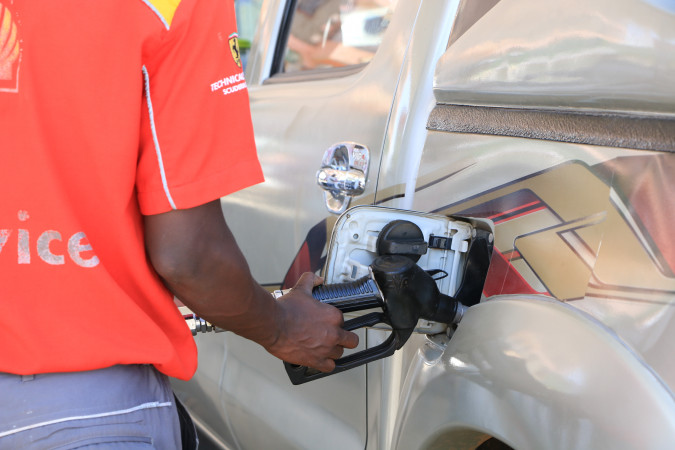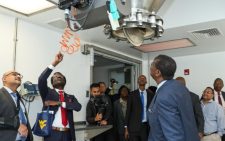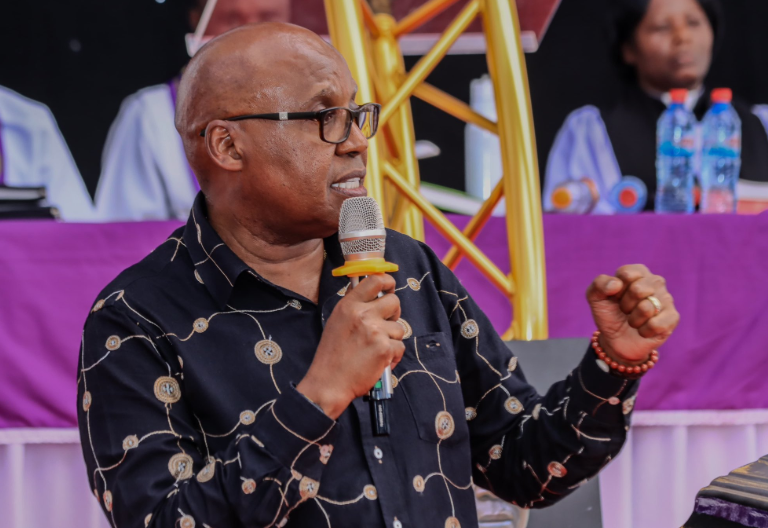Uncertainty looms as State mulls fuel subsidy fill-in

Kenya has put in place mechanisms that may gradually phase out the fuel subsidy facility which was introduced in 2021 to cushion consumers from the pain of higher costs of fuel.
National Treasury Cabinet Secretary Ukur Yatani said in a statement yesterday that the facility, also known as the stabilisation fund, is inefficient and often led to misallocation of resources and crowding out funds from productive sectors.
The subsidy also resulted in unintended consequences such as disproportionately benefiting the well-off, he said, noting that more than Sh100 billion has been allocated to the facility in the financial year 2021/22 and 2022/23.
The programme was put in place to cushion consumers from unpredictable swings in global oil prices, which Yatani now said exposes Kenya’s open economy to the risk of imported inflation, since fuel accounts for 20 per cent of the country’s import bill.
Treasury thinks the cost of the subsidy could eventually surpass its allocation in the national budget, thus potentially escalating public debt, and disrupting the government’s plans to reduce the rate of debt accumulation, currently standing at Sh8.4 trillion.
“For this reason, a gradual adjustment in domestic fuel prices will be necessary in order to progressively eliminate the need for the fuel subsidy, possibly within the next financial year,” said Yatani. In February this year, the International Monetary Fund (IMF) criticised the scheme, with the fund’s representative in Kenya Tobias Rasmussen describing it as regressive with a negative impact on the economy because of inefficient resource allocation as the main beneficiaries are the better off.
“This happens as energy products have a higher share of the budget among high-income groups. The inefficient allocation of resources happens as the subsidies crowd out other more productive spending,” said Rasmussen.
Price adjustment
On Tuesday, the Energy and Petroleum Regulatory Authority (Epra) hiked commodity prices for Super, Diesel and Paraffin by Sh9 for the next 30 days to July 14th. In Nairobi, a litre of Super will cost Sh159.12, diesel Sh140 and Sh127.94 kerosene, respectively. Analysts reckon the Sh9 hike is a floating adjustment that will allow the National Treasury to contain and manage the subsidy programme. They also say the programme was not sustainable, with the subsidy bound to be withdrawn eventually.
Kevin Ngige, a trading analyst at Genghis Capital said since crude oil prices are exogenous in nature and out of our control or influence, budgeting for it is a balancing act, with recent hikes blowing Kenya’s estimates away, such that they have to be passed onto the consumer.
“The government is basically saying, we have tried, we’re now broke, this method is unsustainable, you are on your own citizens,” said Ngige. He added: “I think the idea is to partially reduce the subsidy whilst simultaneously adjusting upwards the fuel prices accounting for the reduced subsidy.”
On his part, Joel Gakuo, chief executive, Upstream Oil said it was wrong to have the programme in the first place because it was not sustainable, while citing the silent war between oil majors and the government in April this year. “What we need to do is deal with taxation issues, which account for more than 50 per cent of the retail prices,” he added.











